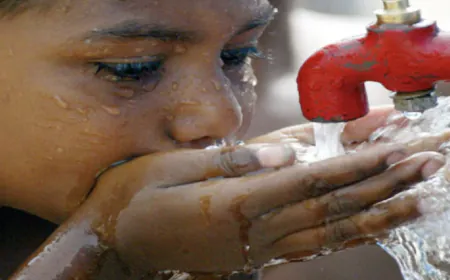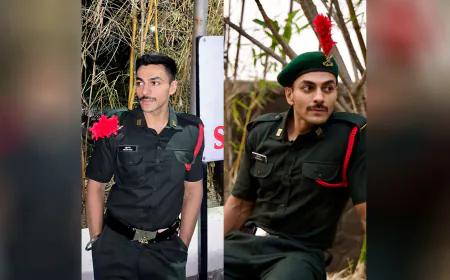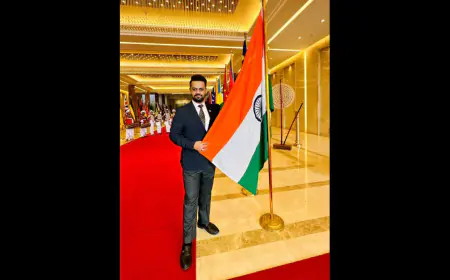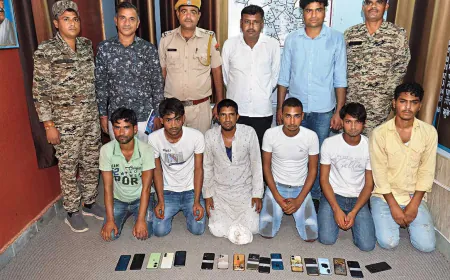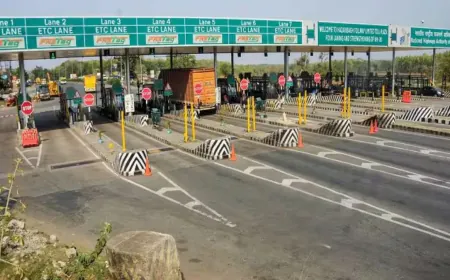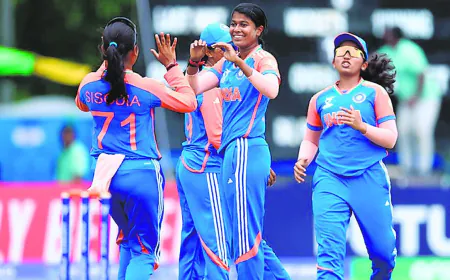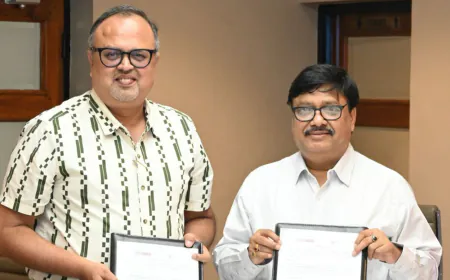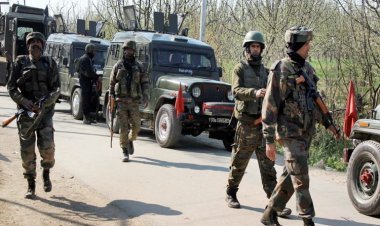Chandrayaan-3: ISRO scientists were also surprised to see the temperature of the Moon's south pole, said - it was not expected
Chandrayaan 3 Update on Moon Temp: After the successful landing of Chandrayaan 3, for the first time in history, new information about the South Pole of the Moon has come to the fore. After writing a new definition of success in space science by reaching the south pole of the moon, the payloads engaged in the lander and rover have now told about the temperature of the moon.

Due to the successful landing of the Chandrayaan 3 lander, for the first time in history, major information about the South Pole of the Moon has come to the fore. After writing a new definition of success in space science by reaching the south pole of the moon, the payloads engaged in the lander and rover are trying to find out the secrets of the moon.
In this sequence, the scientists are also surprised by the profiling of the temperature of the lunar surface done by the payload Chandra Surface Thermophysical Experiment (Chest) on the lander Vikram.
Explaining the latest information received about the Moon's temperature (Chandrayaan 3 Update on Moon Temp), Indian Space Research Organization (ISRO) scientist BHM Darukesha said that the temperature on the lunar surface is expected to be around 20 ° C to 30 ° C. It was estimated, but the maximum temperature on the lunar surface turned out to be 70 °C, which is more than double the expectation.
Scientist BHM Darukesha said that it is surprising to have such a temperature. At a depth of two to three centimeters on Earth, we hardly see a temperature difference of two to three degrees Celsius, while on the Moon it is about 50 degrees Celsius.
Releasing the temperature graph posted by ISRO on Sunday, the CHEST payload on Vikram lander measured the temperature profile of the lunar upper soil around the south pole to understand the thermal behavior of the lunar surface.
Earlier, the Lander Module (LM) of Chandrayaan-3 created history by landing on the lunar surface on Wednesday. India became the first country in the world to land on the South Pole of the Moon.
So far only the US, the then Soviet Union (Russia), and China have landed their landers on the surface of the Moon, but no country could reach the Moon's south pole.
The chest payload carries the instrument, which has 10 sensors to measure temperature. The equipment is capable of reaching a depth of 10 cm below the surface with the help of a control entry system. The payload has been developed by the team at Space Physics Laboratory (SPL) in collaboration with Physical Research Laboratory (PRL), Ahmedabad.


